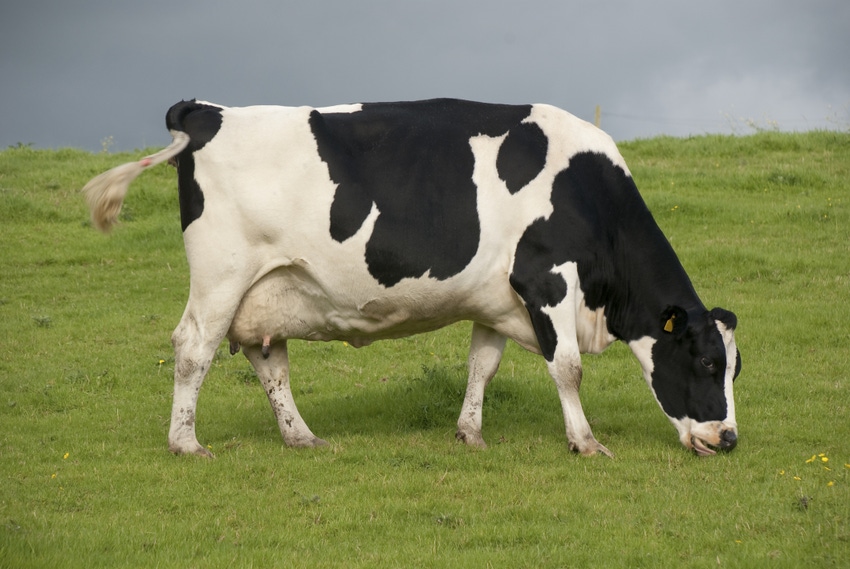Trade-offs between nutrient supply, emissions studied
Removing dairy cows from U.S. may reduce essential nutrient supply but have little effect on greenhouse gas emissions.
October 15, 2020

The U.S. dairy industry contributes roughly 1.58% of total U.S. greenhouse gas emissions; however, it also supplies the protein requirements of 169 million people, the calcium requirements of 254 million people and the energy requirements of 71.2 million people, according to an announcement from the American Dairy Science Assn. (ADSA).
A suggested solution to increasing food production worldwide while reducing greenhouse gas emissions has been to eliminate or reduce animal production in favor of plant production, the announcement said.
In an article appearing in the Journal of Dairy Science, scientists from Virginia Tech and the U.S. Dairy Forage Research Center studied the effects of dairy product removal on greenhouse gas emissions and nutrient availability in U.S. diets under various removal scenarios.
The authors of this study assessed three removal scenarios: depopulation, current management (export dairy) and retirement. In depopulation, consumers would stop consuming dairy products, resulting in depopulation of the animals. In current management (export dairy), cattle management would remain the same, and milk produced would be used for products other than human food or exported for human consumption. In retirement, the cattle would be retired to a pasture-based system but reduced to numbers that could be supported by available pastureland.
"Land use was a focus in all animal removal scenarios because the assumptions surrounding how to use land made available if we remove dairy cattle greatly influence results of the simulations," said lead investigator Dr. Robin R. White with the Virginia Tech department of animal and poultry science. "If dairy cattle are no longer present in U.S. agriculture, we must consider downstream effects, such as handling of pasture and grain land previously used for producing dairy feed, disposition of byproduct feeds and sourcing fertilizer."
Greenhouse gas emissions were unchanged in the current management (export dairy) scenario, with a decrease in nutrient supplies, as expected. Emissions declined 11.97% for the retired scenario and 7.2% for the depopulation scenario compared to current emissions, the researchers reported.
All 39 nutrients considered in human diet quality were decreased for the retired scenario, and although 30 of 39 nutrients increased for the depopulation scenario, several essential nutrients declined.
The results of the study suggest that the removal of dairy cattle from U.S. agriculture would reduce greenhouse gas emissions by only 0.7% and would lower the available supply of essential nutrients for the human population, according to the announcement.
"Production of some essential nutrients, such as calcium and many vitamins, decreased under all reallocation scenarios that decreased greenhouse gas emissions, making the dairy removal scenarios suboptimal for feeding the U.S. population," White said.
This study illustrates the difficulties in increasing supplies of critically limiting nutrients while decreasing greenhouse gas emissions, the researchers said.
The Journal of Dairy Science, an official journal of ADSA, is co-published by Elsevier and FASS Inc. for ADSA.
ADSA is an international organization of educators, scientists and industry representatives who are committed to advancing the dairy industry and are keenly aware of the vital role the dairy sciences play in fulfilling the economic, nutritive and health requirements of the world's population.
You May Also Like


